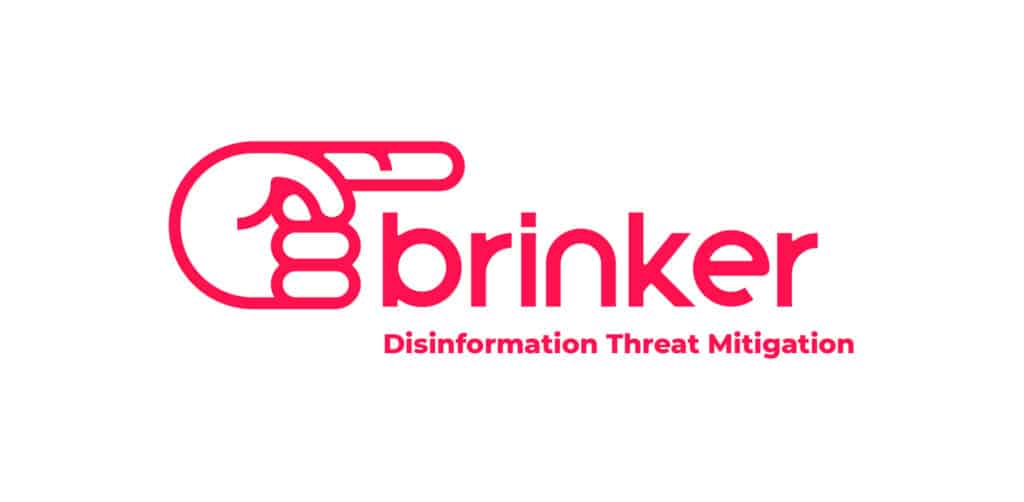The security firm Bit9 released a more detailed analysis of the hack of its corporate network was part of a larger operation that was aimed a firms in a “very narrow market space” and intended to gather information from the firms. The analysis, posted on Monday on Bit9’s blog is the most detailed to date of a hack that was first reported on February 8 by the blog Krebsonsecurity.com, but that began in July, 2012. In the analysis, by Bit9 Chief Technology Officer Harry Sverdlove said 32 separate malware files and malicious scripts were whitelisted in the hack. Bit9 declined to name the three customers affected by the breach, or the industry segment that was targeted, but denied that it was a government agency or a provider of critical infrastructure such as energy, utilities or banking. The broad outlines of the story about the hack of Bit9, which sells […]
Tag: Facebook
Obama Lays Down The Law On Cyber Espionage
The Obama Administration on Wednesday released a report detailing new Administration measures to protect U.S. trade secrets and intellectual property. The report: “Administration Strategy on Mitigating the Theft of U.S. Trade Secrets” (PDF) establishes a new foundation for cooperation between the U.S. government and the private sector. It comes just days after a bombshell, 60-page report by the security firm Mandiant that described the activities of “APT1” – a hacking group that Mandiant claims is actually a cyber warfare unit of China’s People’s Liberation Army (PLA). In a post on the Whitehouse blog, the Administration said the Strategy is a continuation of Obama Administration policy to protect U.S. companies from the theft of trade secrets. Under the new Strategy, the Administration will take a “whole government” approach, using diplomatic pressure via the State Department, coordinated, international legal pressure through the Department of Justice and FBI. The U.S. will tap the […]
Are Mobile App Developers Prey In A Massive Watering Hole Attack?
Say you’re a “bad guy” and what you really want to do is compromise the systems of some high value targets – like software developers working a prominent, Silicon Valley firms like Facebook and Twitter. Breaking through the front door isn’t easy – these companies mostly have the technology chops to protect their networks and employees. Phishing e-mails are also a tough sell: the developer community is heavy on Apple Mac systems and – besides – application developers might be harder to phish than your average Fortune 500 executive. A better approach might be to let your prey come to you – attacking them passively by gaining control of a trusted third party web site – a so-called “watering hole.” That’s a scenario that has played out in a number of recent, high profile attacks, such as the so-called “VoHo” attacks documented by Symantec and RSA. It may also be […]
You’ve Been Hacked By APT! (The Video)
The whole APT – or “Advanced Persistent Threat” – meme has received a lot of attention in the media. This site and others have written about APT-style hacks, such as the recent compromise at The New York Times. But what does an APT hack look like? And what would it mean if you or your employer were in the crosshairs of an APT-type actor? The SANS Institute’s Securing The Human project has put together a nice training video that helps answer some of these questions, and to explain how APT-style attacks work. This is good stuff – explaining the difference between cyber crime and APT, and generic enough that any organization could use it as a training video. SANS says that it will produce one of these a month, and post them on the first of each month. My only criticism here is that, after they do a solid job describing […]
School Shooters May Tip Their Hand In Facebook Rants
School shootings have occurred with sickening regularity in the United States in the last decade. The shootings happen in all types of communities, while the shooters come from all different backgrounds. But almost all of them have one thing in common: they used social media to vent their anger and, often, declare their murderous intentions ahead of time. An analysis of common trends in school shootings by the New Jersey Fusion Center said social media sites like Facebook are a common element in the majority of school shootings, with students who have conducted or planned attacks against their schools publicizing their anger and or intentions on sites like Facebook. The “Situational Awareness Report” (PDF) on “School Shooting Commonalities” is dated November 15, 2012, predating the horrific shooting at Sandy Hook Elementary School in Newtown, Connecticut that killed 26. In that case, the shooter, Adam Lanza, was described as a loner who spent hours […]





